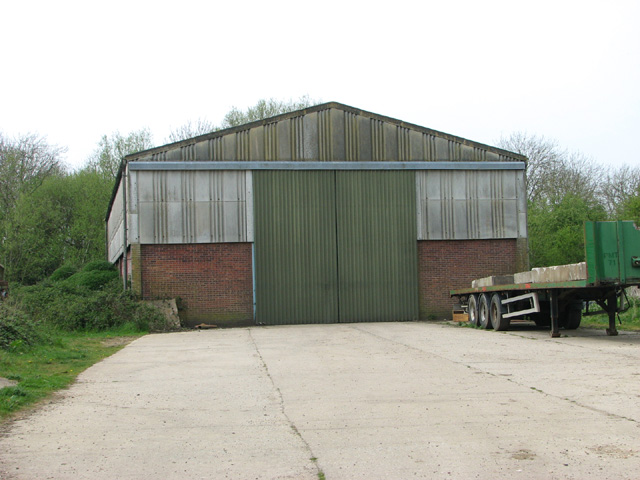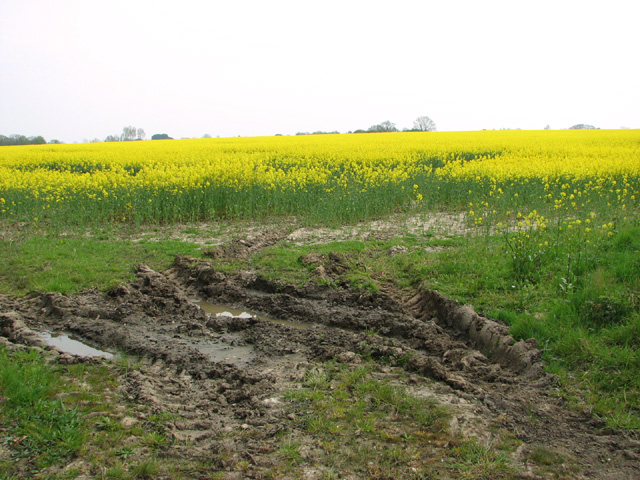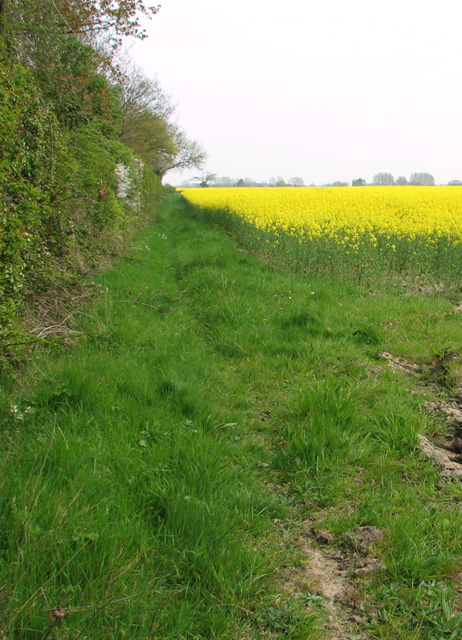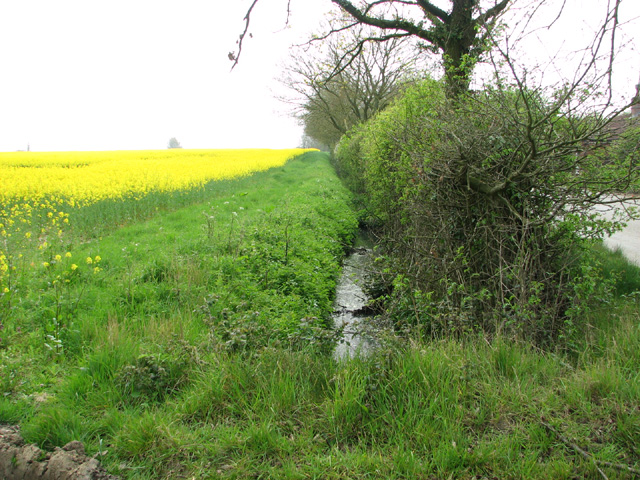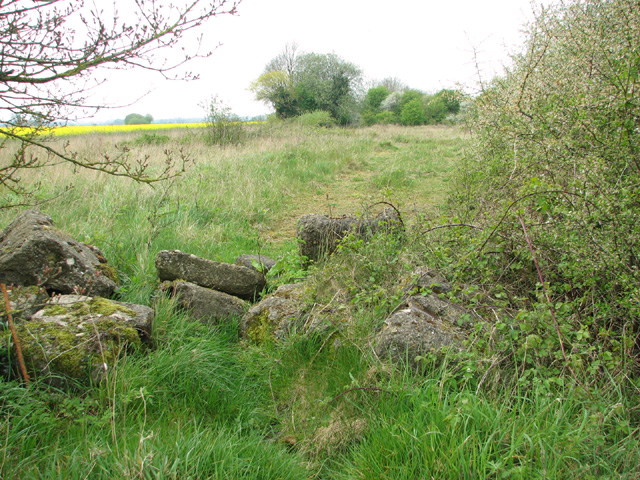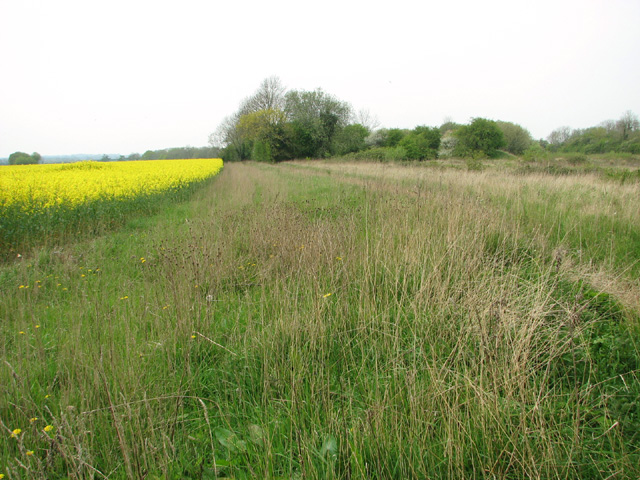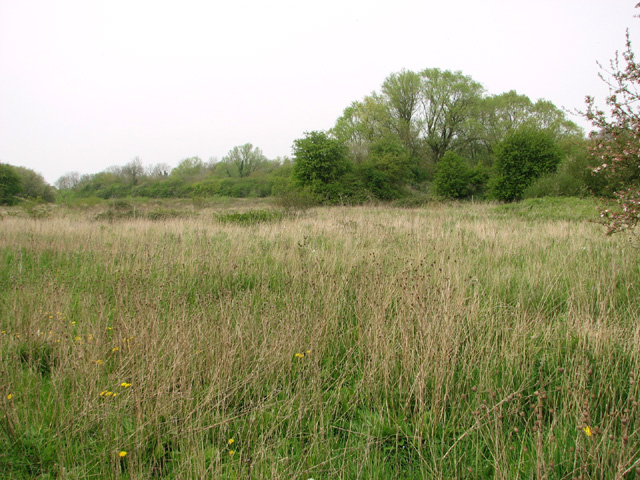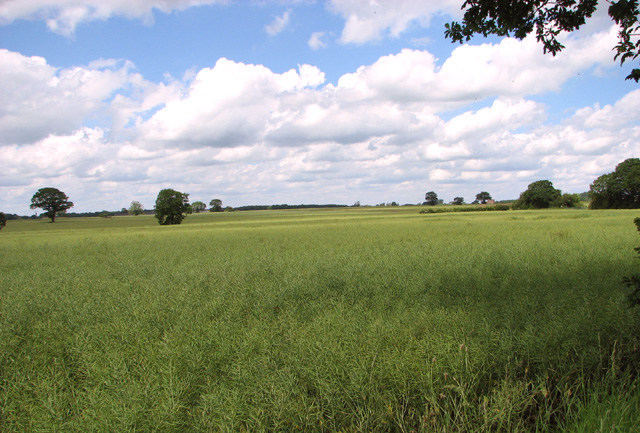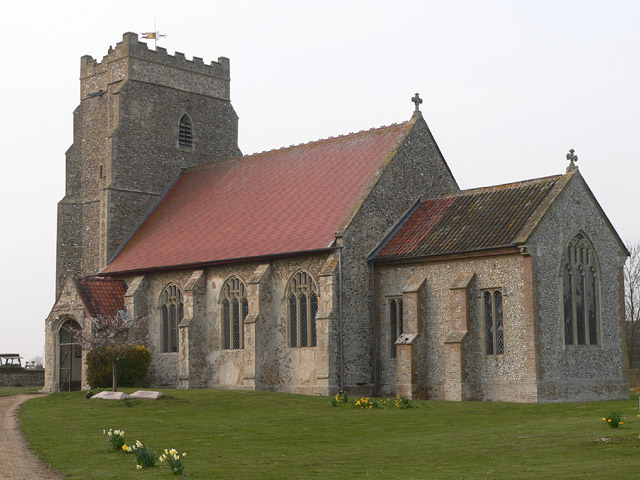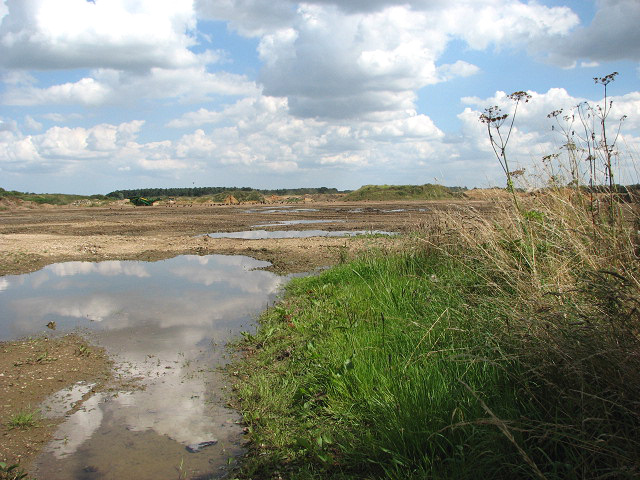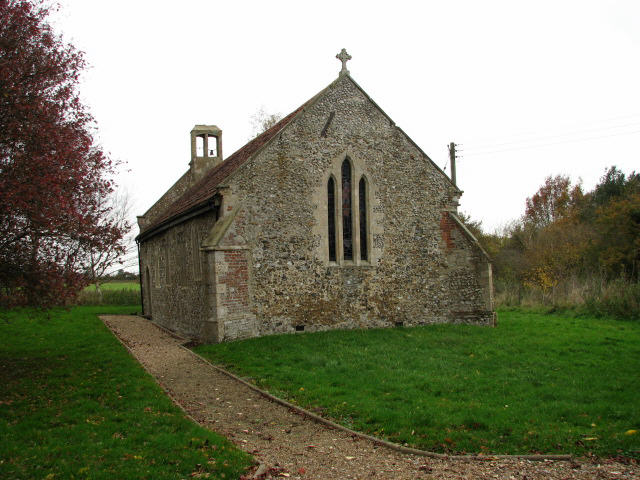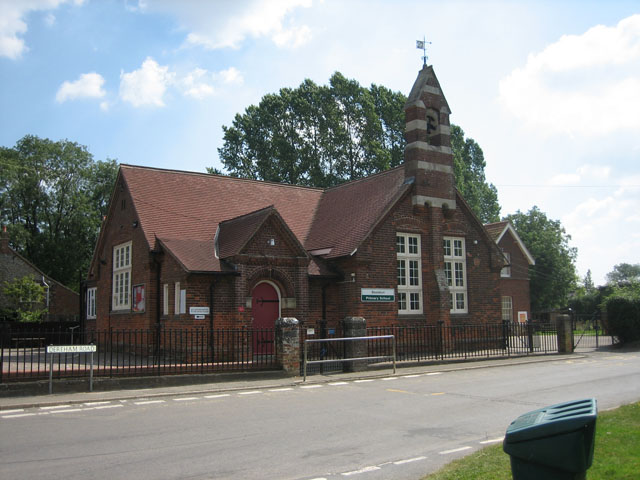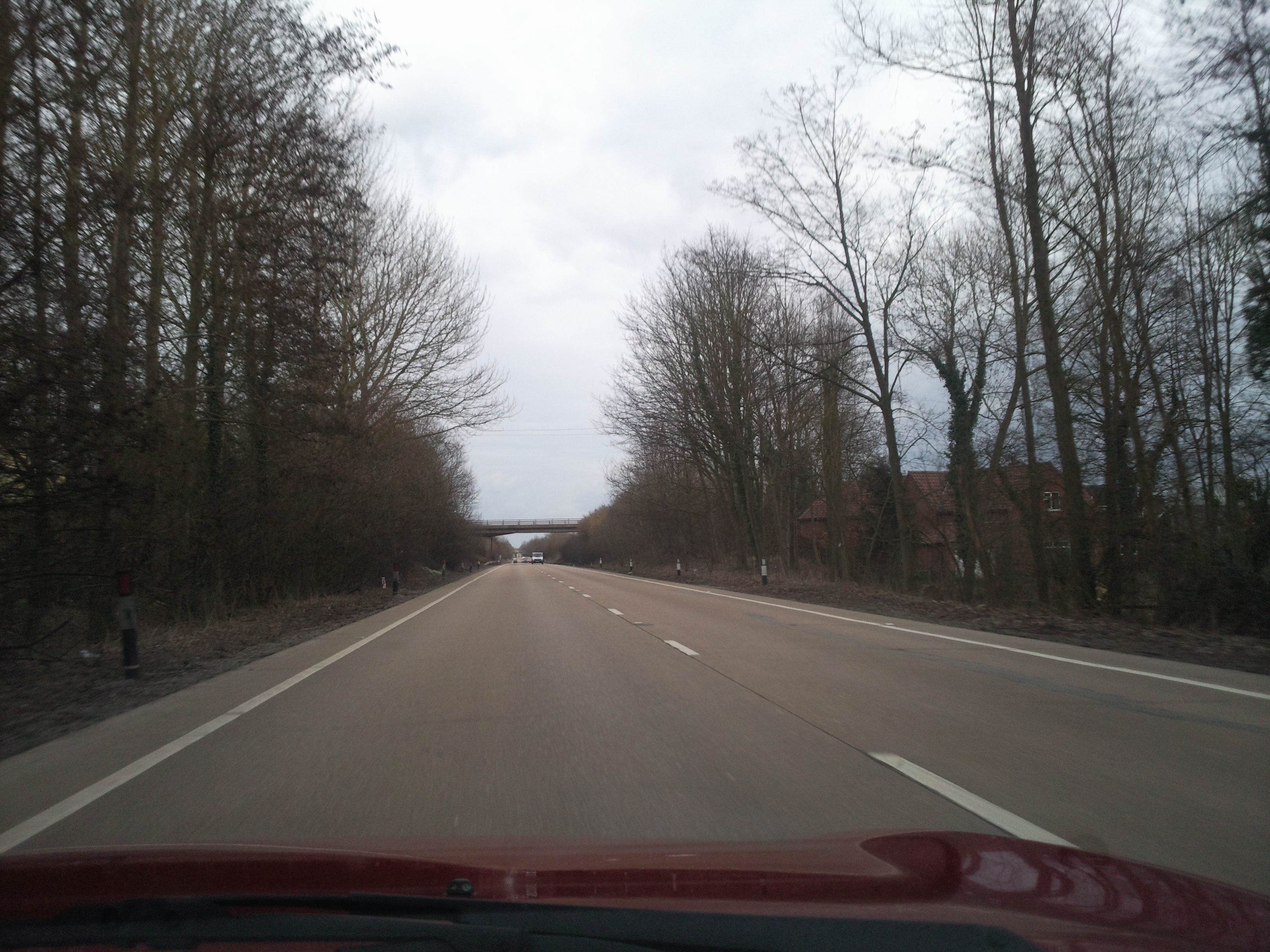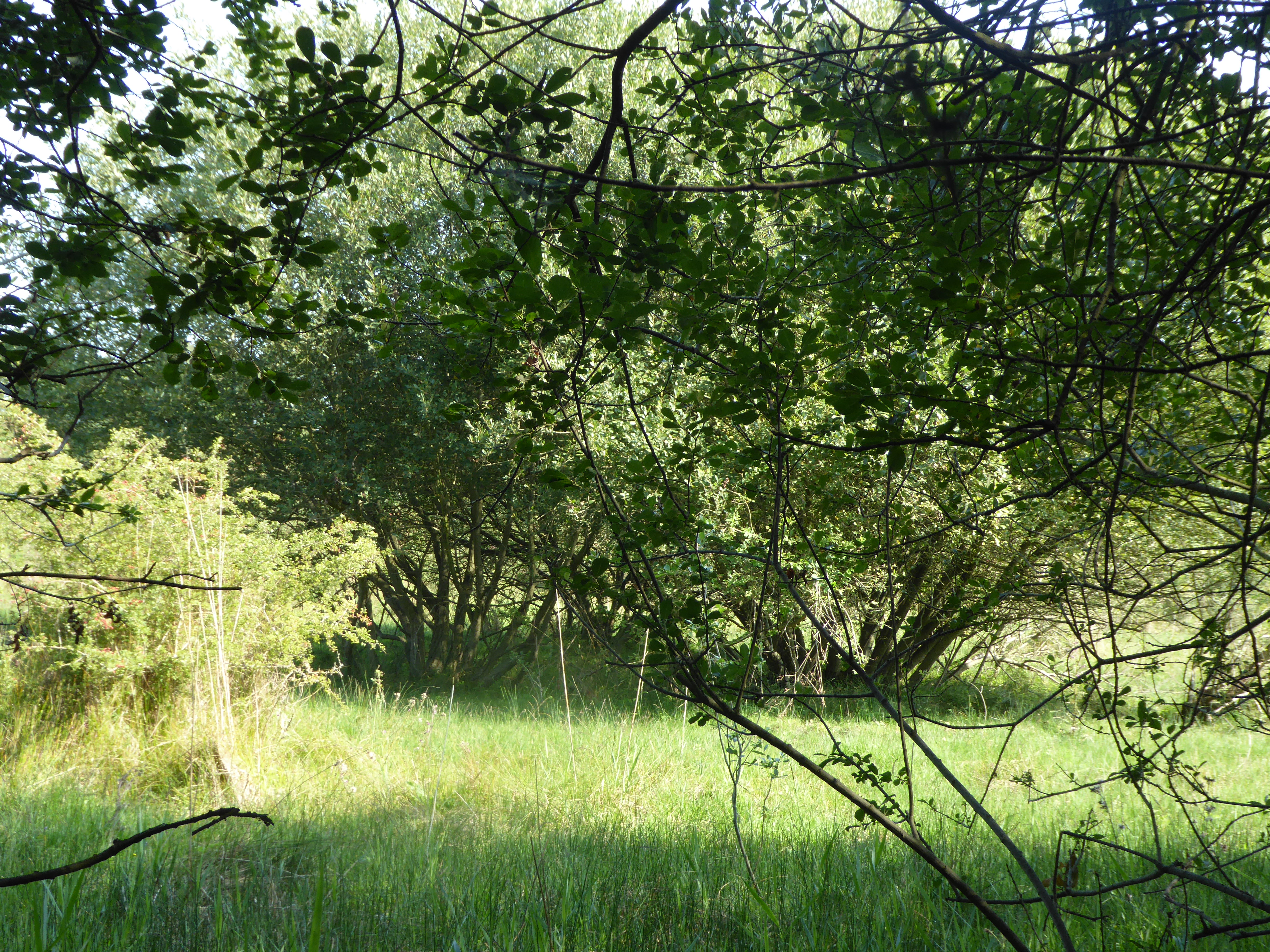Longham
Civil Parish in Norfolk Breckland
England
Longham
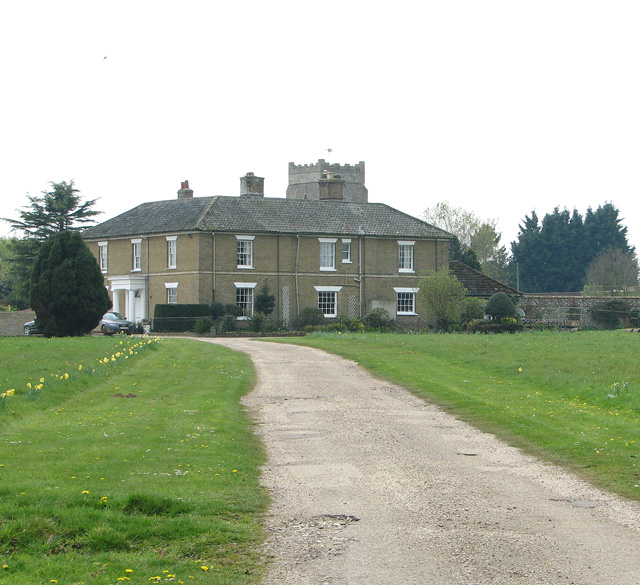
Longham is a civil parish located in the county of Norfolk, England. Situated approximately 7 miles northwest of the city of Norwich, this rural community covers an area of around 5 square miles. The parish is bordered by the parishes of Swanton Morley, Bawdeswell, and North Elmham.
Longham is home to a small population of around 200 residents. The village itself is characterized by its picturesque countryside surroundings, with a mix of agricultural fields, meadows, and woodlands. The River Wensum flows through the eastern part of the parish, adding to the natural beauty of the area.
The village of Longham has a rich history that dates back centuries. The name "Longham" is believed to derive from the Old English words "lang" (meaning long) and "ham" (meaning settlement), suggesting that the village has been established since ancient times. Several historical landmarks can be found within the parish, including St. Peter and St. Paul Church, which dates back to the 14th century.
Although primarily a residential area, Longham is also known for its farming activities. Agriculture plays a significant role in the local economy, with fields of crops and livestock grazing in the surrounding countryside.
Longham offers a tranquil and scenic environment for residents, with opportunities for outdoor activities such as walking, cycling, and birdwatching. The village benefits from its close proximity to Norwich, providing easy access to a range of amenities and services.
If you have any feedback on the listing, please let us know in the comments section below.
Longham Images
Images are sourced within 2km of 52.706197/0.862543 or Grid Reference TF9315. Thanks to Geograph Open Source API. All images are credited.

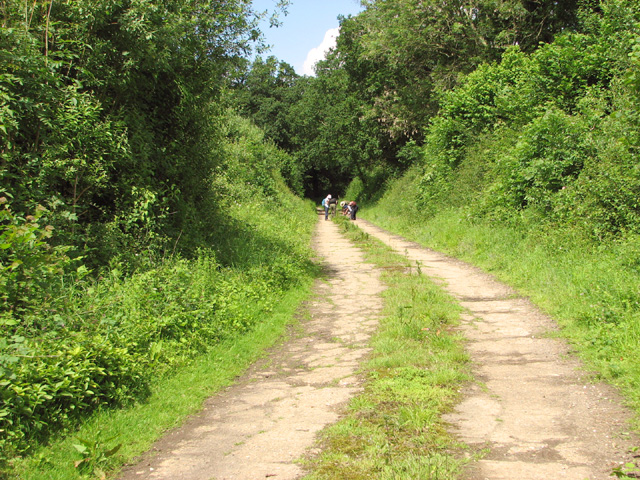
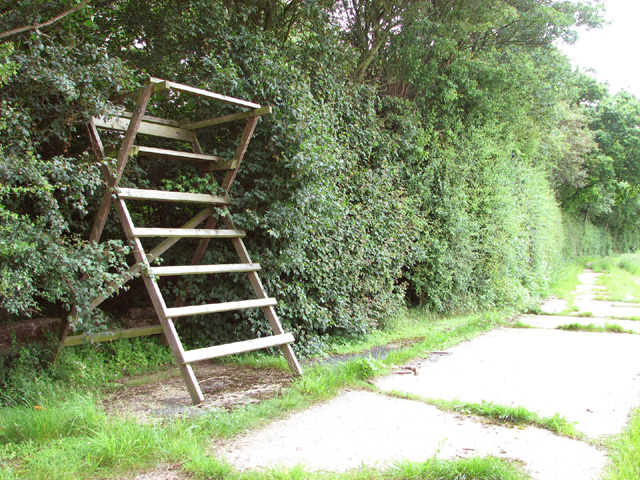
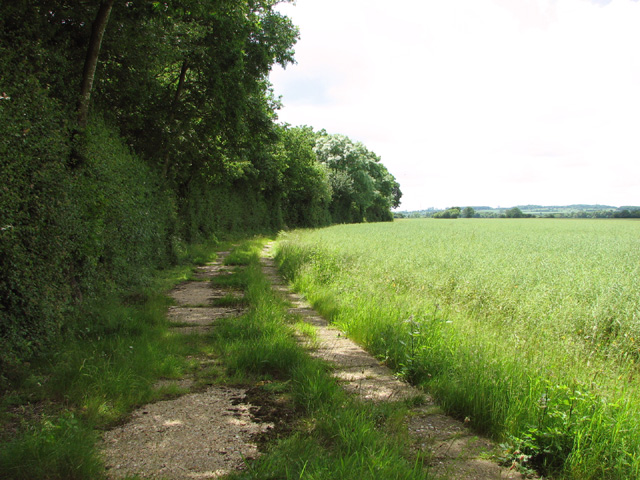
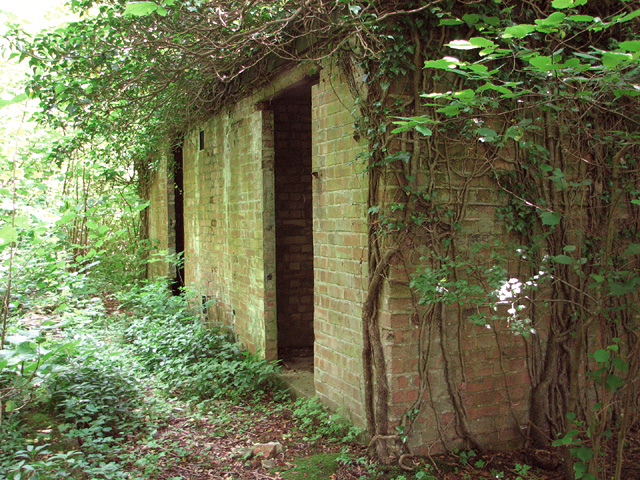
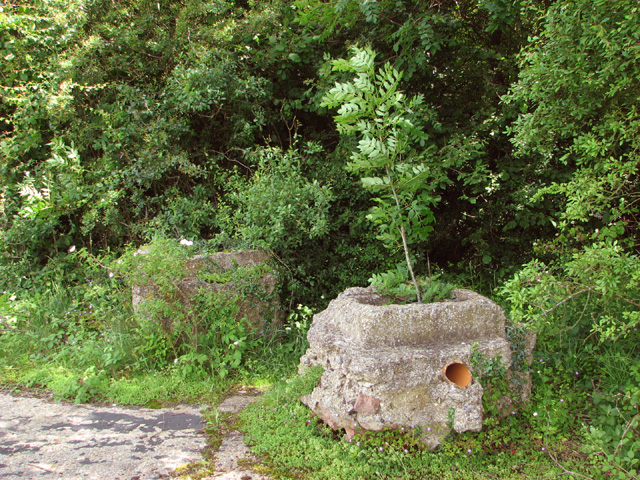
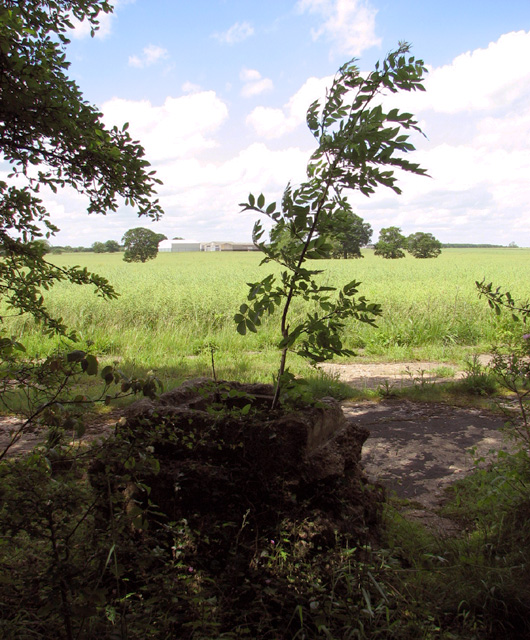
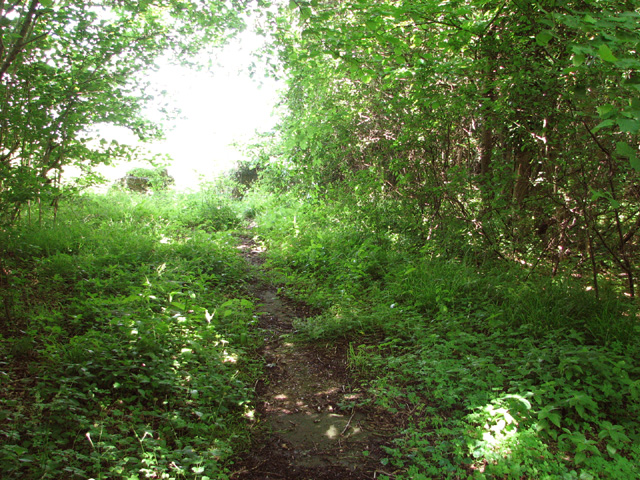
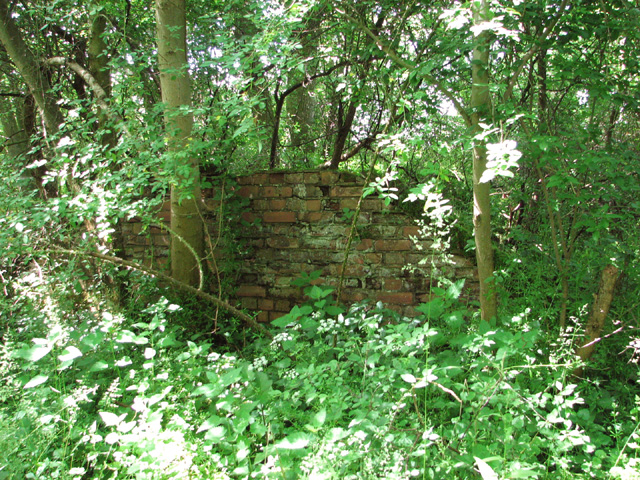

Longham is located at Grid Ref: TF9315 (Lat: 52.706197, Lng: 0.862543)
Administrative County: Norfolk
District: Breckland
Police Authority: Norfolk
What 3 Words
///duos.crowbar.operated. Near East Dereham, Norfolk
Nearby Locations
Related Wikis
Longham
Longham is a village situated in the Breckland District of Norfolk and covers an area of 540 hectares (2.1 square miles) with a population of 219 in 100...
Honeypot Wood
Honeypot Wood is a 9.5-hectare (23-acre) biological Site of Special Scientific Interest west of Dereham in Norfolk. It is managed by the Norfolk Wildlife...
Beeston with Bittering
Beeston with Bittering is a civil parish in the Breckland district of Norfolk, England. According to the 2001 census it had a population of 505, increasing...
Bittering, Norfolk
Bittering is a hamlet in the county of Norfolk, England, now in the civil parish of Beeston with Bittering. It lies west of East Dereham and south of Fakenham...
Beeston, Norfolk
Beeston is a village in the county of Norfolk, England, in the civil parish of Beeston with Bittering , west of East Dereham and south of Fakenham. It...
Gressenhall
Gressenhall is a village and civil parish in the English county of Norfolk. The villages name origin is uncertain possibly 'Grassy nook of land' or 'gravelly...
Wendling railway station
Wendling railway station was a railway station in Wendling, Norfolk on the Great Eastern line between Dereham and King's Lynn. It closed in 1968. This...
Holly Farm Meadow, Wendling
Holly Farm Meadow, Wendling is a 2.6-hectare (6.4-acre) biological Site of Special Scientific Interest west of Dereham in Norfolk, England.This meadow...
Nearby Amenities
Located within 500m of 52.706197,0.862543Have you been to Longham?
Leave your review of Longham below (or comments, questions and feedback).
